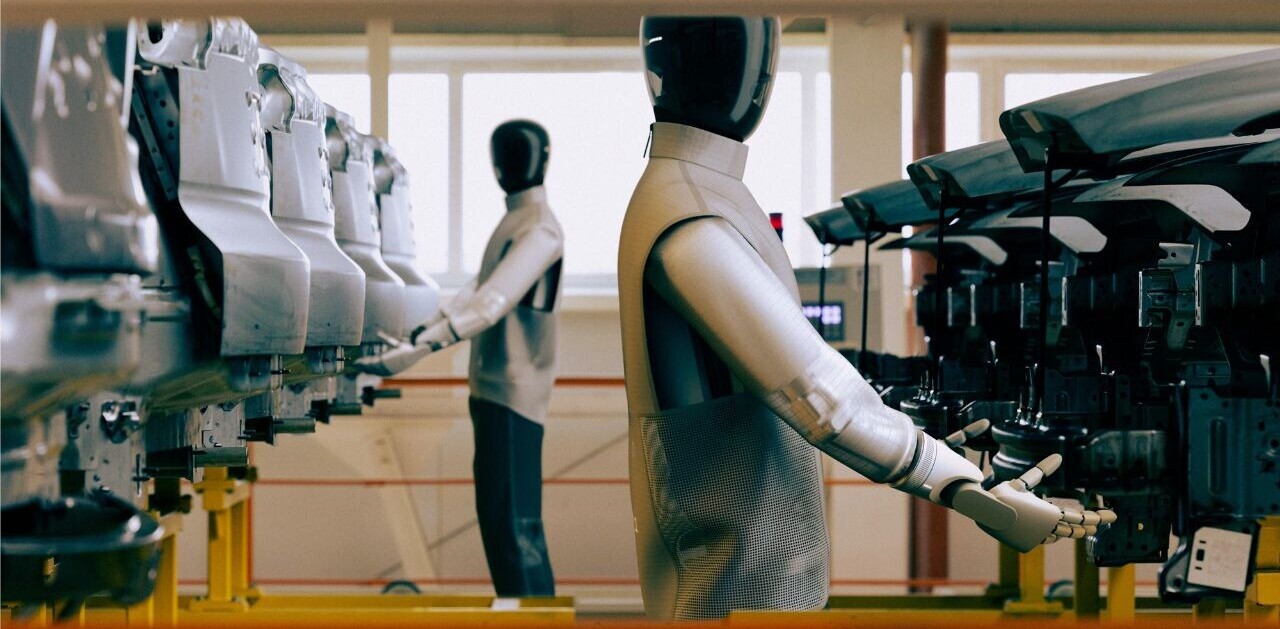Did you know Neural is taking the stage on Sept 30 and Oct 1? Together with an amazing line-up of experts, we will explore the future of AI during TNW Conference 2021. Secure your ticket now!
AI is a field that’s flooded with buzzwords. Ideally, terms like cognitive computing and big data help distill complex concepts into digestible ideas. But they can also confuse and mislead the public.
“Artificial general intelligence” (AGI), for instance, is often used to describe hypothetical machines that can perform any intellectual task that a human can. But there’s no consensus on what AGI means. Some AI luminaries believe that the term is a misnomer, while others argue that it could never be realized.
A more comprehensible concept could be “multi-skilled AI.”
Multi-skilled AI is an approach to improving technologies by expanding their senses. In a similar way to how kids learn through perception and talking, multi-skilled AI systems combine senses and language to broaden their understanding of the world.
“It goes beyond image or language recognition and allows multiple tasks to be done,” Elizabeth Bramson-Boudreau, the CEO and publisher of MIT Technology Review, tells TNW.

Multi-skilled AI aims to create a more flexible intelligence. AI systems would learn in multiple modalities, such as the textual and visual domains, to expand their capabilities. Robots, for example, could integrate visual, audio, and tactile data to execute a wider range of tasks.
A number of recent advances in AI have demonstrated this potential. They include OpenAI’s DALL-E, which uses a neural network trained on both textual and visual data to generate images, and Wu Dao, a multimodal AI system that can write, draw, and even sing.
However, Bramson-Boudreau warns that the approach comes with risks. She’s particularly concerned about its susceptibility to data biases, environmental impact, and potential use in autonomous warfare. But she’s optimistic that the dangers are being addressed:
The good thing is that these terms are pretty well understood within the research community, so there’s a lot of folks who are banding together to make sure they interrogate these sorts of technologies to forestall the potential negative consequences.
Mult-skilled AI may be a somewhat nebulous concept, but there’s hope that this buzzword will live up to the hype.
Elizabeth Bramson-Boudreau is speaking at TNW Conference 2021 on September 30th and October 1st. There she’ll be joined by 150 other amazing experts who will share their latest insights from the world of business and tech.
Get the TNW newsletter
Get the most important tech news in your inbox each week.






